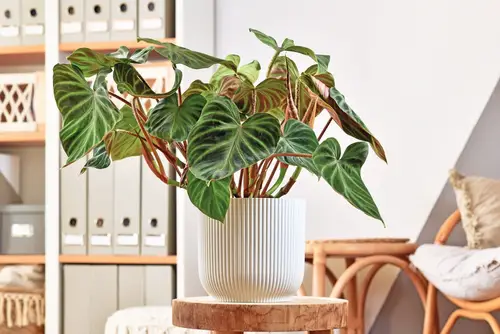Selecting Philodendron Verrucosum as an addition to your garden or household addition gets you more features than you would expect in a houseplant. This colorful gem is the most stylish of all Philodendrons.
Philodendron verrucosum is famous for its velvety deep green leaves with a red underside and various forms of plants, colors, and shapes. Still, considering many variants of the Philodendron Verrucosum exist, many gardeners and plant enthusiasts find it challenging to distinguish this plant’s different forms precisely.
This post explores more on Philodendron Verrucosum, including the different types, its appearance, care, and propagation tips.
Whether you’re a seasoned plant enthusiast or a beginner looking to expand your collection, this comprehensive guide on Philodendron Verrucosum types, plant, grow and care will provide you with all the information you need to successfully cultivate this beautiful and unique plant.
Related posts:
- Philodendron Glorious Plant, Grow & Care Guide 2023
- Philodendron Majestic Plant, Grow & Care Guide 2023
- Alocasia Pink Princess Plant, Grow & Care Guide 2023
What is The Philodendron Verrucosum?
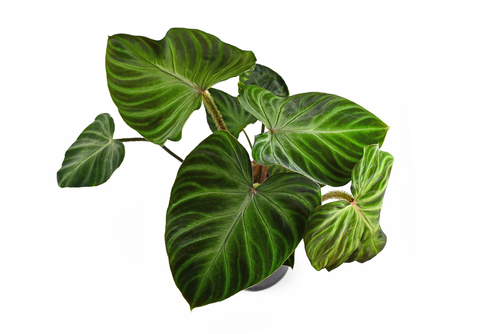
A climbing, aroid plant famous for its numerous forms, Philodendron Verrucosum is a top sought houseplant that turns any indoor setting into a beautiful jungle. It also goes by the name Philodendron Ecuadorian. The verrucosum species offers different types, each with distinct features.
However, the care tips and requirements of these Philodendron Verrucosum are pretty much the same. Also, the adaptable P.Verrucosum is prone to plant hybridization, which has resulted in remarkable plants such as Philodendron Majestic and Philodendron Splendid.
We are trying to say that Philodendron Verrucosum is highly variable, each having some difference in size and appearance, as you will learn later in this post.
The standard Philodendron Ecuadorian is an avid climber and fast-growing plant if provided with the right growing conditions. Replicating this plant’s native environment by heeding to its humidity, temperature, lighting, and watering requirements ensures you enjoy the utmost features of the P. Verrucosum.
Contrary to popular belief, Philodendron Verrucosum isn’t at all an easy-maintenance plant but instead requires precise attention to its requirements. Else, your plant will be at risk of yellow or brown leaves and pests.
Also, in its native habitat, this Ecuadorian jewel is a hemiepiphyte. In its early life, it begins as a seed thriving under the canopy trees and eventually attaches and climbs unto trees.
Origin and Classification
Philodendron Verrucosum, commonly referred to as Ecuadorian Philodendron, is a climbing plant of the family Araceae. It’s native to South and Central American countries of Ecuador, Costa Rica, Columbia, Peru, and Panama.
This plant thrives in altitudes between 50-2000metres above sea level, making it an ideal house plant for various locations worldwide and a diverse plant for its needs. This stylish Ecuadorian jewel is among the fastest growing plants in the genus Philodendron, capable of reaching 50 inches in height.
Features of Philodendron Verrucosum
The most notable features of this Ecuadorian gem are its climbing capability and velvety lustrous green leaves with veins and a reddish underside. However, considering we have numerous types of Philodendron Verrucosum, exact coloration, plant size, and appearance varies depending on the variant.
Here is an extensive overview of the standard features of the Philodendron Verrucosum.
1. Leaves
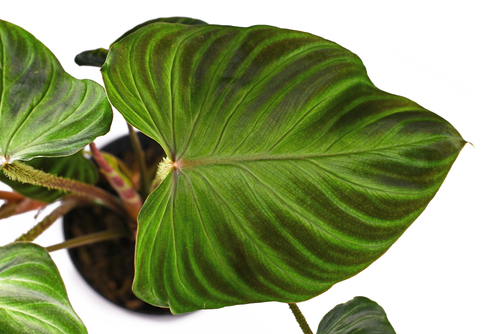
Typical Philodendron Ecuadorians have velvety dark green leaves with a somewhat oval or heart shape. When young, the leaves start pale and gradually develop lustrous green pigment as they mature. The leaves’ underside has red variegations that might slightly differ with each plant type.
The veining structure of the P. Verrucosum is brilliantly bright and robust, and they tend to darken on the underside. Again, this plant’s leaves’ size depends on the form, but generally, leaves can spread to incredible lengths of 12 inches in mature plants.
2, Roots and Stem
Most Philodendron Verrucosum types have a woody stem when the plant matures. It’s this feature that most sets it apart from other Philodendrons.
The greenish-white branches are short and thick for mature plants and have smooth internodes with a scaly surface. On the other hand, young plants have long stems that are more of internodes.
P. Verrucosum plants have numerous roots with fine root hairs on one side.
3. Flowers
A fun fact about Philodendrons is that they must mature before flowering. That’s not it. It is fascinating that it can take 15-16 years for these plants to fully mature, which is why most plant parents rarely report flower sightings for their indoor philodendrons.
On the other hand, wild and mature philodendrons, including Verrucosum species, flower from April to June. It blooms as a white and pink spadix and spathe.
4. Toxicity
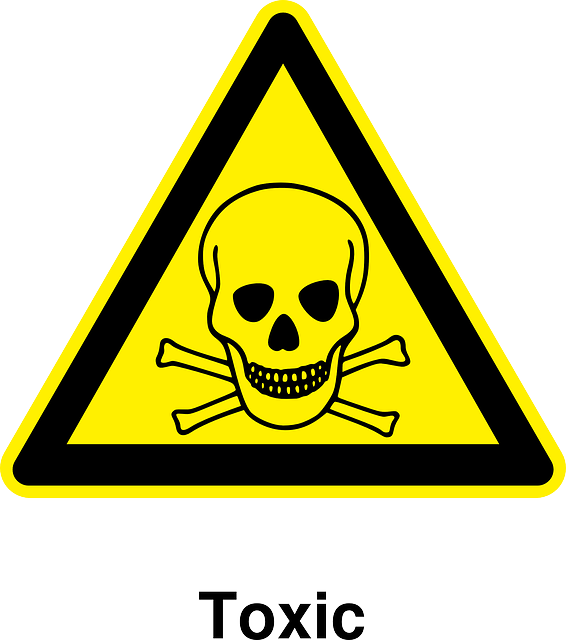
Like other plants in the Philodendron species, this Ecuadorian gem is toxic to humans and pets. All the plant parts contain insoluble calcium oxalate crystals that harm cats, dogs, and humans.
5. Size and Growth Rate
Philodendron Verrucosum has a remarkable growing effort and can grow up to 50 inches in its native environment. When indoors, it’s best to provide this plant with climbing support such as moss poll, and it will reward you with a staggering height of more than 6 feet, depending on the type.
Philodendron Verrucosum Types
As mentioned earlier, this species is known for its various forms and hybrids. Here is an overview of the common Philodendron Verrucosum types:
- Philodendron Verrucosum ‘’Red Back’’– It’s the most famous Philodendron Ecuadorian, known for its large lustrous green leaves with bright veining. Mature plants also have a dark red backside hence their name. The “red back” was the pioneering form of the P.Verrucosum that originated a few years ago.
- Philodendron Verrucosum ‘’Mini’’– This miniature form of verrucosum is ideal for households with limited spacing and low ceilings. As its name implies, it has tiny leaves similar to the original “red back” verrucosum. However, to easily distinguish them from young “red back” plants, watch out for the bright green stems that get woody on mature plants.
- P. Verrucosum ‘’Micro’’- Yet another tiny verrucosum species, ‘’micro’’ is known for its slow-growing ability with leaves not exceeding four inches. The leaves possess good venation and a red underside. It also has thin stems that never get woody.
- P. Verrucosum Rojo– Rojo verrucosum is the latest variety and slightly differs from the standard plant. It had dark green leaves with brilliant venation and a much redder underside.
- Philodendron Verrucosum ‘’Broad’’– As its name gives it away, this verrucosum has extensive leaves with solid venation. Young plants have golden leaves with whitish undersides, making them an absolute sensation. As they mature, the bottom gains a reddish color.
- Verrucosum ‘’Dark’’– Compared to the standard Philodendron Verrucosum, this species has larger dark leaves with more prominent and brighter veining. In addition, the backside is also red but with thick and woody stems.
- Philodendron Verrucosum Verde- Amazingly, the verde species is the darkest of all verrucosum species. It’s darker than Verrucosum ‘’Dark’’ but has an underside that isn’t as red as other types. It also has strong venation.
We have highlighted just a few of the Philodendron Verrucosum types. The list of this plant’s assortment is almost impossible to list. The listed forms are just some of the famous and most-sought household plants.
Other types, including the heart-shaped and triangular leaves of the Carmine Verrucosum and oblong leafy Tambillo type, originating from Ecuador, are just recently finding their way into plant collectors’ list.
Despite the numerous Philodendron Ecuadorian types, most Verrucosum species have the same care and requirement tips.
Basic Care of Philodendron Verrucosum

Replicating Philodendron Ecuadorian’s natural habitat is the best hack to ensure your plant thrives indoors. For a starting point, providing this plant with climbing support ensures it festers to incredible heights.
Here is an extensive list of Philodendron Verrucosum care needs and requirements.
1. Soil
P. Verrucosum thrives in aerated and fast-draining potting soil. However, this plant does much better when grown in an aroid mix. The suitable soil allows your Ecuadorian jewel to develop extensive roots. Don’t plant in sandy, dry, muddy, or wet soil.
Instead, plant it in an aroid mix containing perlite, peat moss, and composted organic matter. Also, add an orchid bank to ensure the soil mix has a stable pH that is slightly acidic to neutral ( 5.1 to 6 ).
Ultimately, a well-draining combination that’s properly aerated and rich in organic matter offers essential nutrients and minerals to your plant.
2. Light Requirements
Bright, indirect light is ideal for Philodendron Verrucosum to flourish. Place your plant in a spot where it receives the morning and evening sun.
An east-facing window offers the perfect lighting requirements for most indoor plants. However, exposing this plant to the midday sun causes scorched leaves, and your jewel will eventually die.
3. Watering Needs
Philodendron Ecuadorian is a water-loving plant but still, ensure the topsoil isn’t soggy. Also, for optimal watering conditions, never allow the plant’s soil to run dry and maintain moisture
4. Temperature Requirements
This plant prefers warm temperatures of 18-29 degrees Celsius ( 64-84 Fahrenheit). A desirable feature of Verrucosum plants is that they never die in winter seasons or cold environments.
Of course, they can flourish in cold temperatures, but to get the best from your Ecuadorian gem, ensure temperatures don’t go below 4℃ ( 40℉ ). Most importantly, sudden temperature changes, cold drafts, and heat stress limit its growth.
5. Humidity
This is the trickiest part when caring for Verrucosum plants. They thrive under high humidity levels, preferably above 70%. Remember, it’s a tropical plant where in its native environment, it receives above-average humidity.
Replicating these conditions or improving your humidity levels by occasionally misting the plant, using a pebble tray, and grouping your plant collections provides optimal conditions for your Philodendron Verrucosum.
6. Fertilizer Requirement
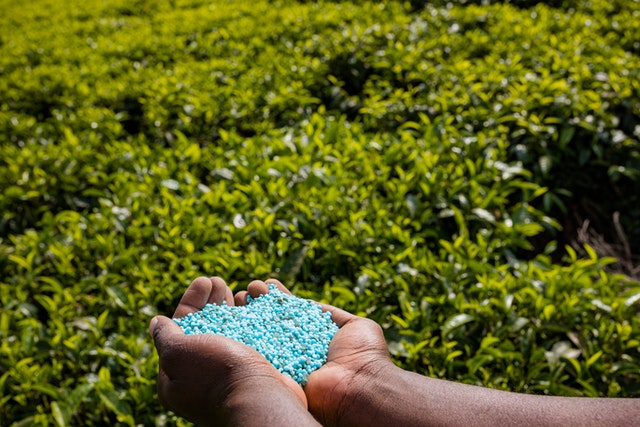
For your jungle baby to thrive, use a slow-releasing fertilizer at least three times a year. During their growing season, feed Philodendron Ecuadorian within balanced fertilizer once a month.
If you don’t feed this plant with a suitable fertilizer, it tends to grow slowly and will lack enough nutrients causing it to have less foliage and pale leaves.
7. Potting and Repotting
Using a large container will help grow this plant. Clay or terracotta pots are suitable because they drain water well, allowing you to keep up with this plant’s watering needs.
Also, ensure the container has enough space for the numerous roots to loosen and accommodate the extensive root system. Adequate pot spacing also allows your plant to attain its maximum height.
It’s best to repot your plant every 1 or 2 years to avoid your Verrucosum from becoming pot-bound,
8. Pruning
Only cut your plant when you notice dead or dry leaves. Also, you can prune Verrucosum plants using sterilized garden shears when you want to control its growth or when shaping it.
How to Propagate Philodendron Verrucosum
Propagating this Ecuadorian jewel is relatively easy. Even better, there are several viable ways to handle the process. First, we will guide you on the most common and straightforward way of propagating this plant: through stem cuttings.
Propagating By Stem Cutting Method

Stem cutting method is the most common way for propagating Philodendrons plants. Here are quick steps to effectively manage this process:
- Select a plant’s part that’s suitable for propagation. Ensure the preferred part has at least one node.
- Make a clear cut using sterilized and disinfected pruning shears, scissors, or a knife.
- Apply cinnamon to the cut area to allow fast healing and prevent infections.
- Place the new cutting in Sphagnum moss. Alternatively, use water, soil, or perlite directly.
- For an ideal humidity level of your Sphagnum moss, dip it in water and squeeze it to ensure it drains excess water.
- Finally, place your cutting and sphagnum moss in a pot and put them in a warm area with sufficient humidity.
New roots will begin to emerge after three or four weeks. Most importantly, ensure you propagate all Philodendron plants during spring or summer.
Common Problems Caring For Philodendron Verrucosum
Philodendron Ecuadorian isn’t prone to pests and diseases, especially if you keep it from getting extremely cold and wet. However, if you fail to care for the plant properly, you will notice the following issues:
1. Root Rot
The main reason Verrucosum plants have root rot is when owners overwater the plant or pot the plant in containers that don’t drain. Root rot spreads fast to the leaves, turning them yellow, and eventually, the leaves die. Once you notice such signs, check your plant’s roots, repot your plant and eliminate the affected roots.
2. Drooping Leaves
Drooping leaves can either signal overwatering or underwatering. However, drooping primarily happens if the leaves’ cells lack enough moisture to keep them firm. .
3. Pests and Diseases
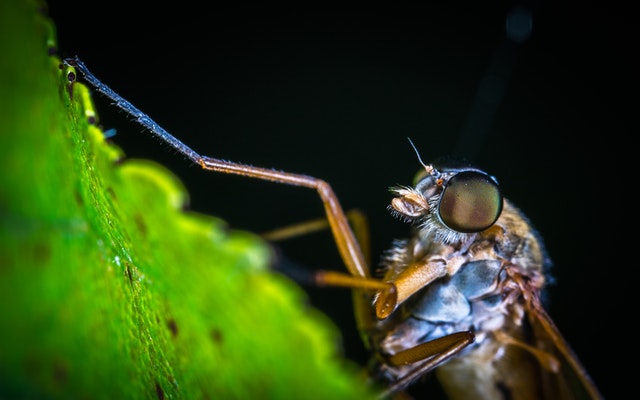
Spider mites, mealybugs, aphids, and thrips might attack Verrucosum plants. Once you notice pest infestation, apply neem oil or clean the plant with a suitable horticulture soap. Also, dilute rubbing alcohol with water and wipe your plant to eliminate pests.
Outro
Philodendron Verrucosum is an excellent choice to add a decorative touch to any indoor setting. With numerous forms to select, this highly adaptable plant can thrive as an indoor plant if you replicate its tropical environment. In return, it will reward you with its stylish appearance, velvety leaves, and remarkable climbing effort.
Frequently Asked Questions
What is A Philodendron Verrucosum Mini?
Verrucosum mini is a clown of the Philodendron Ecuadorian, notable for its smaller leaves and woody stems on mature plants. This plant’s leaves are similar to the original Philodendron Verrucosum, only varying in leaf size. Also, unlike the original plant, it doesn’t tower, making it ideal for households with limited spacing.
How Big Do Verrucosum Leaves Get?
It depends on the type of Verrucosum. For example, the standard Philodendron Verrucosum leaves can grow up to 12 inches, while more minor variants such as Verrucosum micro have leaves that rarely exceed 4 inches.
Is Philodendron Verrucosum a Vining Plant?
In its natural habitat, this plant is an avid climber, clings onto trees to acquire more moderate light. When indoors, it’s best to provide your Verrucosum plant with a moss pole to give it room to stretch out and attain its maximum height.

Hey, I’m Lisa and I’ve been an avid gardener for over 30 years. I love writing, talking and living in the garden! Feel free to connect with me on my socials below

